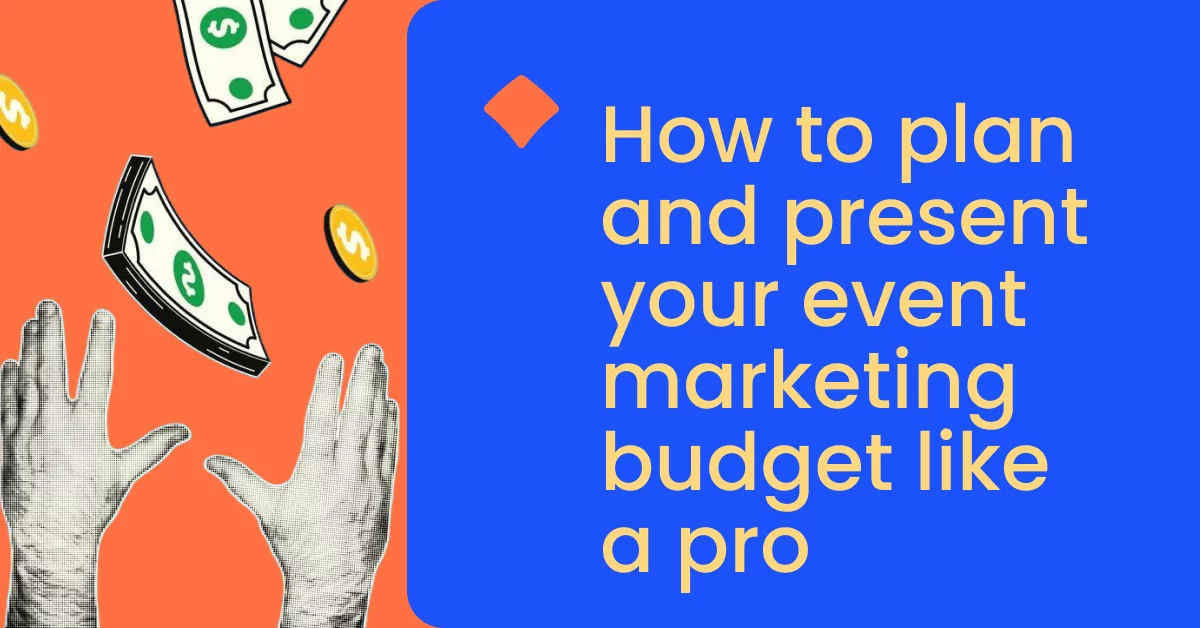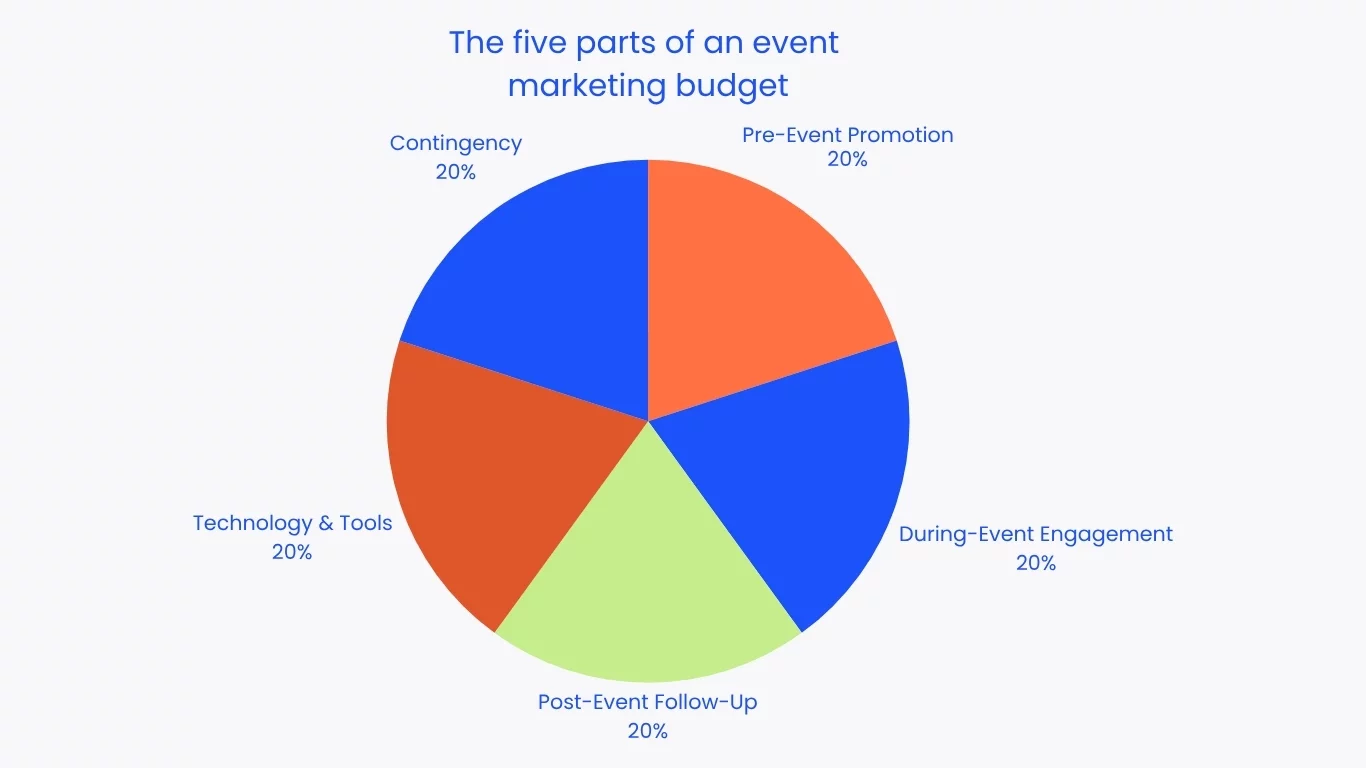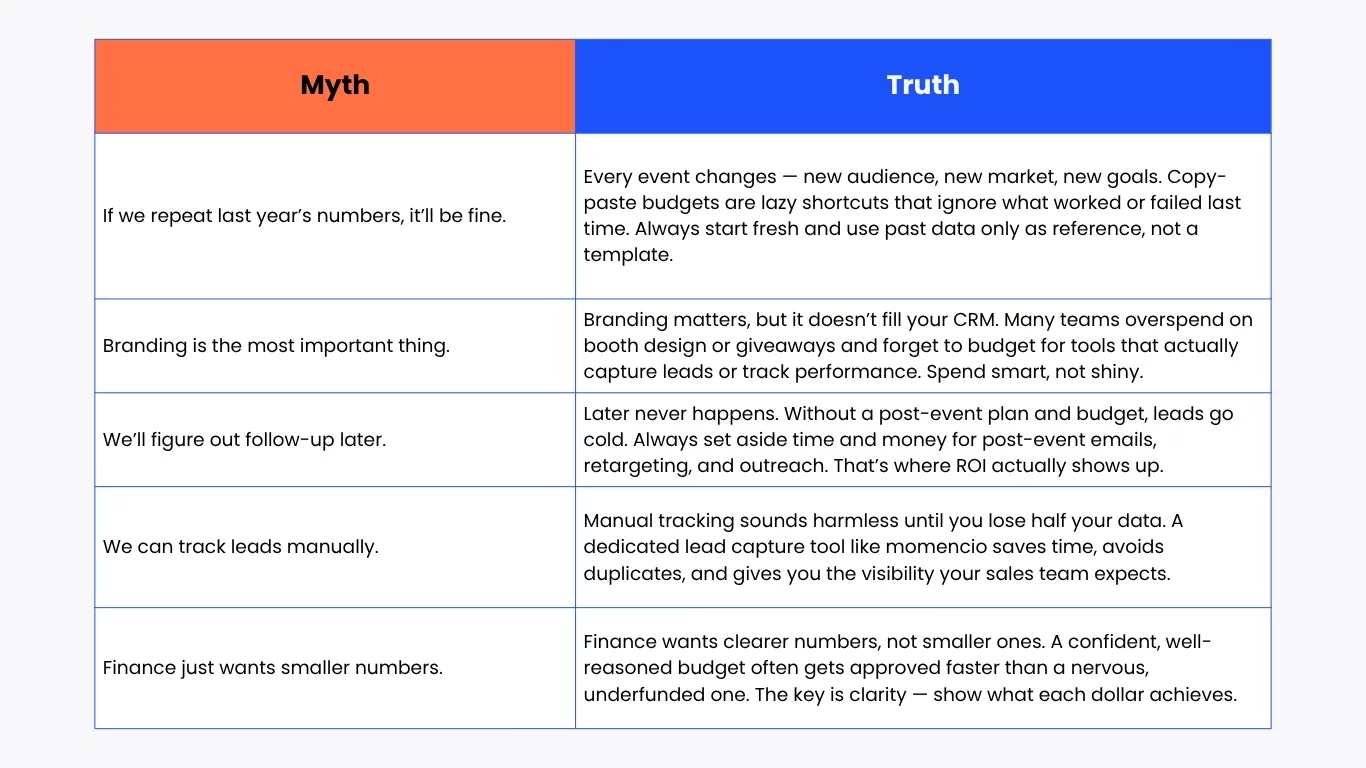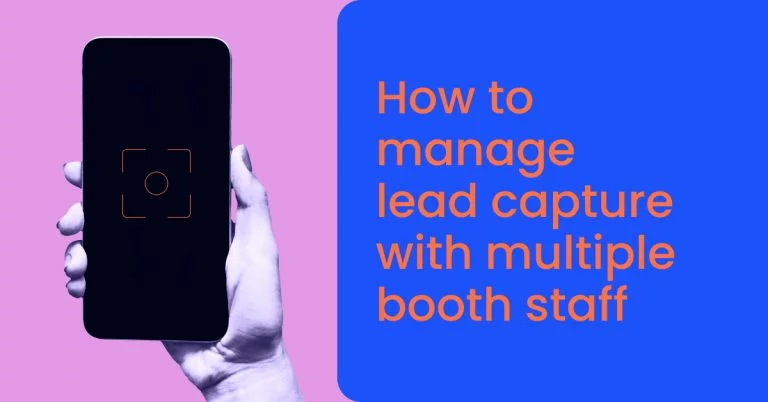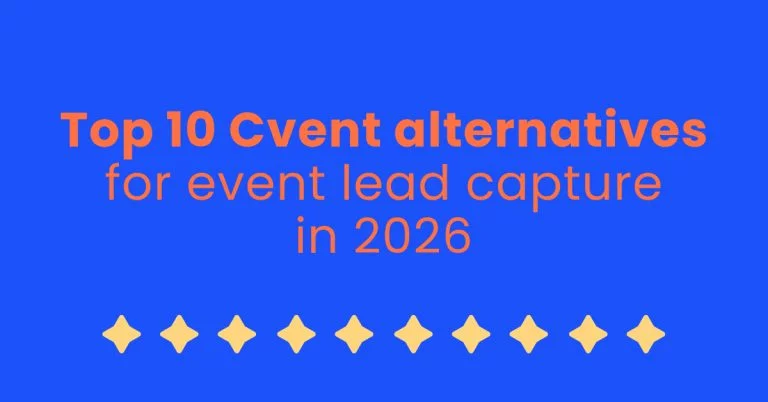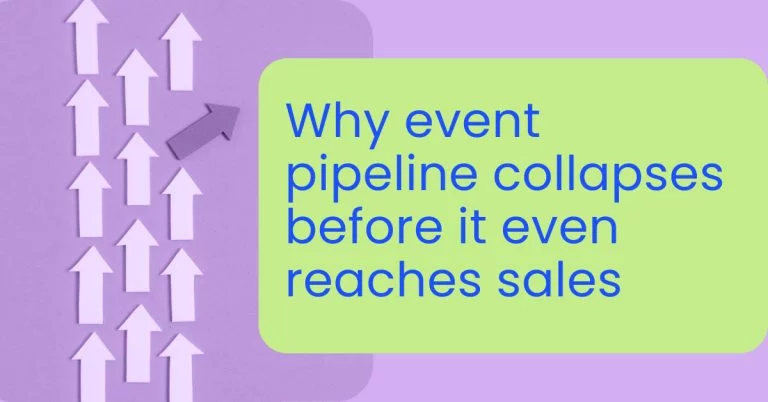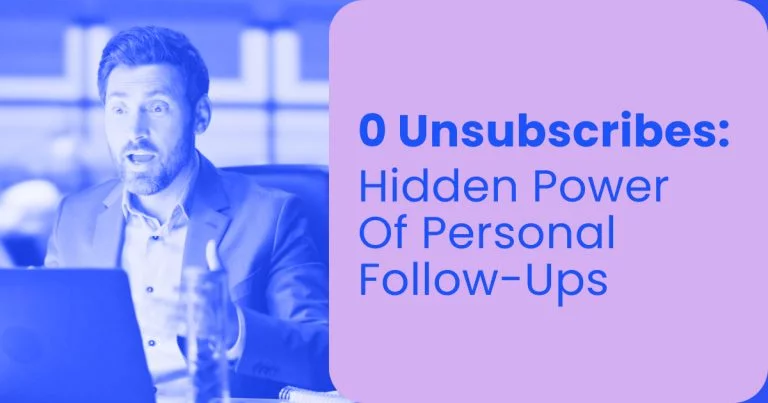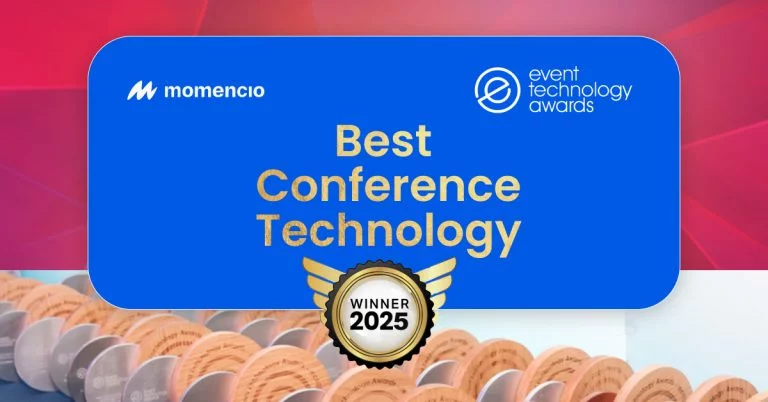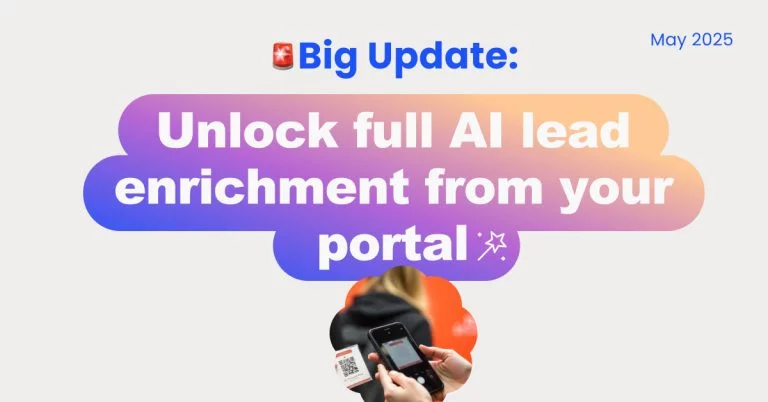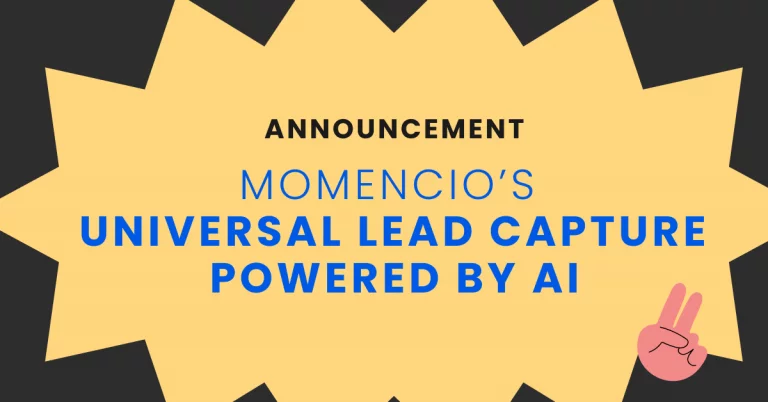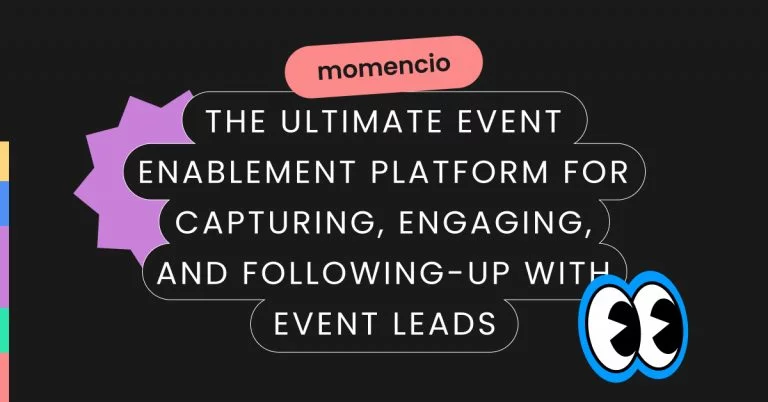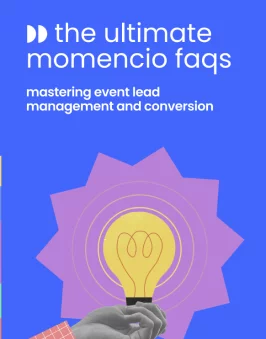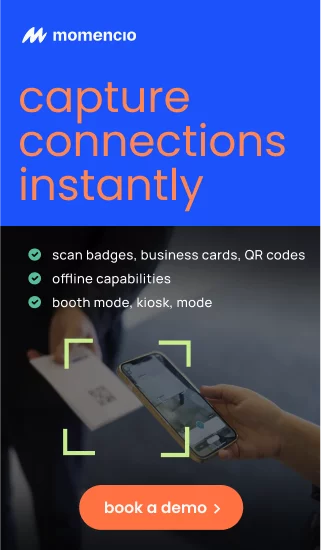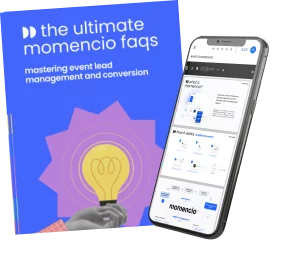It’s that time of the year again. Most companies are already planning their 2026 events. Teams are booking venues, checking calendars, and putting together slides for next year’s marketing plans. And somewhere in that mix, someone has been asked to “prepare the event marketing budget.”
That’s where things usually get messy.
Some teams open last year’s spreadsheet and copy the same numbers. Others list everything they can think of — booth, ads, giveaways, travel — and hope the total makes sense. A few try to impress management with fancy charts, but end up confusing them even more.
The truth is, many event teams know how to run great events but not how to budget for them — at least not in a way that makes sense to decision-makers.
This article will walk you through that process step by step. It’s not about financial jargon or Excel formulas. It’s about learning how to think clearly about your event marketing spend, how to structure it, and how to explain it to management so they understand both the cost and the value.
By the end, you’ll know exactly where to start, what to include, and how to turn your next event marketing budget into something that earns quick approval — not endless back-and-forth emails.
What an event marketing budget actually includes
Let’s make this simple.
When you hear “event marketing budget,” you might think of a long spreadsheet full of confusing line items. But in reality, every budget — big or small — boils down to just five parts.
1. Pre-Event Promotion
This is everything you do to get people to notice, register, or show up — ads, emails, social posts, content, and PR.
If your event is a movie, this is your trailer. Without it, nobody buys a ticket.
2. During-Event Engagement
This covers your booth setup, signage, giveaways, videos, demo stations, and staff costs.
It’s also where tools like momencio come in — to capture and qualify leads while people are actually paying attention.
3. Post-Event Follow-Up
This is the part most teams forget.
Once the event ends, the real work begins — sending thank-you emails, retargeting visitors, and nurturing new contacts until they’re ready for sales.
4. Technology and Tools
These are your engines.
Registration systems, CRMs, analytics dashboards, and lead capture platforms. Without tech, your event data stays scattered, and your follow-up becomes guesswork.
5. Contingency
Always keep a small buffer — 5 to 10% of your total.
Even the best plans face surprises: last-minute design changes, extra booth costs, delayed shipments, or that one urgent ad you forgot to book.
Most teams fail because they skip one of these five parts. Missing pre-event promotion means fewer visitors. Missing post-event follow-up means lost leads. Missing tech means poor tracking. A complete budget covers all five, even if the spend in each category is small.
How to decide how much to spend
This is the part that makes most event marketers nervous — putting an actual number on the plan. The good news is, there’s a simple way to do it that doesn’t need complex math or guesswork. You just need logic.
Think of this as a short equation:
Your goal → decides your plan → which decides your spend.
If you start with the goal, the rest falls into place. Here’s how to approach it step by step.
Step 1: Start with your main goal
Ask one question first: “What do we want this event to achieve?”
Is it new leads? Brand visibility? Customer retention? Product demos?
The clearer the goal, the easier it is to attach a number to it.
Example: “We want to generate 300 qualified leads at this event.”
Step 2: Estimate the cost per result
Now look at what it costs, on average, to get that result. If last year’s event generated 200 leads for $20,000, that’s about $100 per lead. Use that as a rough guide.
You can adjust this based on expected booth size, target audience, or event type.
Step 3: Multiply and add a small safety net
Goal × Cost per lead = Base budget
Then add about 10% for flexibility.
Example:
300 leads × $100 = $30,000
Add 10% = $33,000 total
Step 4: Divide the total into smart categories
Here’s a simple way to think about how to split the amount:
Step 5: Review your logic before presenting
Before you show this to management, ask yourself:
- Can I explain why I picked these numbers in one sentence each?
- Do my allocations match my main goal?
- Have I left room for surprises?
If the answer is yes, your budget is ready to defend itself in any meeting.
“Numbers don’t convince leadership. Logic does. When your budget shows clear reasoning, it gets approved faster — even if it’s higher than last year.”
How to explain your budget to management
Let’s picture a common scene.
You’re in a meeting room (or on a video call). Your manager or the finance head says, “Alright, walk us through your event marketing budget.”
You open your slides. There’s a table full of numbers. And suddenly, everyone looks at you like you’re asking for a personal favor instead of funding a company event.
The reason this happens is simple — you’re speaking in spreadsheets, and they’re listening for reasons.
Tell a story, not a spreadsheet
When you present your budget, talk through it like a story, not a list of expenses.
For example:
“We plan to attend three major events next year. Our goal is to generate 900 qualified leads from them.
To do that, we’ll invest most of our budget in getting the right audience to our booth and making sure every interaction turns into a lead we can track.
That’s why 40% of the budget goes into pre-event promotion, 25% into engagement, and 15% into lead capture tools like momencio that help us measure what works.”
That one paragraph does more than any chart could. It shows purpose, logic, and control.
Show what the company gets, not what you spend
Leadership doesn’t want to know where the money goes. They want to know what comes back.
Use a simple “cost vs. outcome” table like this:
| Spend Area | Amount | What It Delivers |
| Promotion | $12,000 | Attracts 2,000 visitors to our booth |
| Lead capture & tools | $5,000 | Helps identify 300 qualified leads |
| Post-event follow-up | $3,000 | Converts 10% of those leads to meetings |
You’ve now changed the entire conversation — from “Why is this so expensive?” to “That’s a fair trade for what we get.”
Keep your language short and clear
Instead of saying: “We’ve allocated resources to ensure alignment with marketing funnel efficiency metrics.”
Say: “We’re spending this money to make sure more event visitors turn into sales leads.”
Clear communication builds confidence.
A good budget doesn’t just get approved — it earns trust. Every number should have a logical reason for inclusion.
Common mistakes to avoid
Even experienced event teams make budgeting mistakes. Most of them come from old habits or wrong assumptions. Let’s clear those up one by one.
A budget full of assumptions looks like a gamble. A budget full of reasoning looks like a plan.
Final checklist
Before you send your event marketing budget for approval, take five minutes to run through this checklist. If you can tick every box, you’re ready.
Step 1: Clarity
- Can you explain your total budget in one sentence?
- Can someone outside your team understand where the money is going?
- Does every number connect to a goal or outcome?
Step 2: Balance
- Have you included all three phases — before, during, and after the event?
- Did you set aside budget for lead capture and follow-up, not just promotion?
- Did you keep a small backup fund for last-minute changes?
Step 3: Logic
- Did you start with your event goal and work backward from it?
- Can you show how your budget supports business impact, not just activity?
- Does your math check out? (It should fit on one slide or one page.)
Step 4: Confidence
- Do you feel comfortable defending each number if asked “why”?
- Would you approve this budget yourself if you were the manager?
- Does it read like a plan, not a plea for money?
Good budgets speak for you when you’re not in the room. Make sure yours tells a clear, confident story — in numbers and in logic.
What completes a smart event marketing budget
| Budget Area | What most teams do | What changes with momencio | Why it matters |
| Pre-event promotion | Spend on ads, email, and content to drive booth traffic | Track which campaigns bring the most engaged visitors | You stop guessing which channels work |
| During-event engagement | Collect business cards or basic scans | Capture detailed lead data instantly with personalized microsites | Every interaction becomes measurable |
| Post-event follow-up | Send generic emails weeks later | Automate personalized follow-ups the same day | Faster response = warmer leads |
| Measurement & reporting | Rely on manual updates or forms | See live engagement data synced with your CRM | Your ROI story writes itself |
| Next year’s budgeting | Use rough estimates or gut feel | Use real data from momencio reports | You can defend your numbers with proof |
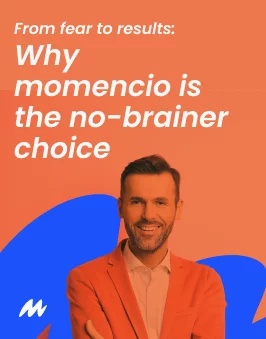
Questions every event marketer should ask before finalizing a budget
- How do you decide what deserves funding in an event marketing budget?
- Start with the end in mind. Ask: What activities will move leads closer to revenue? Anything that directly influences engagement, data capture, or conversion should earn budget priority. Tools like momencio help you see which actions lead to measurable outcomes — so future budgets are based on facts, not guesses.
- How can event marketers prove the return on their event marketing budget?
- By showing a full path from spend → interaction → outcome. For example, using momencio, you can link every campaign or booth conversation to engagement data and eventual pipeline value. This proof turns your post-event report into the strongest defense of next year’s budget.
- What percentage of an event marketing budget should go to lead capture and analytics?
- Typically 10–20% — depending on your event size and goals. Most teams underinvest here, which is why they struggle to measure ROI later. That 10–20% isn’t “extra tech cost”; it’s your proof budget — the part that validates every other dollar you spend.
- How can you make your event marketing budget future-proof?
- By building it around data reuse. When you use platforms like momencio, every event adds to your first-party data intelligence. That means the cost of one event reduces the guesswork (and spend) for the next. Over time, your marketing budget becomes sharper and more predictable.
- What do finance or leadership teams look for when reviewing event budgets?
- Clarity and proof. They want to see that your spending ties to measurable outcomes, not activity lists. Instead of saying “We’ll boost brand presence,” say “We’ll capture 500 qualified leads and track engagement through momencio to estimate potential pipeline value.” Speak their language: results, not reach.
- How do you prevent your event marketing budget from getting cut?
- Make it measurable. If you can show which part of your spend produced revenue-linked leads, leadership is less likely to cut it. momencio helps here by connecting spend to data-backed ROI — making your event marketing budget look like an investment, not a cost center.
- What should change in event budgeting now that hybrid and virtual formats are common?
- Budgets should reflect audience behavior, not format. Whether virtual or in-person, your goal is still engagement that converts. The smartest marketers use a blended approach: less on setup, more on tracking and personalization. momencio supports both worlds — in-person and virtual — so your budgeting logic stays consistent across formats.
- How do you use post-event data to negotiate next year’s budget?
Interesting facts from research
- 69% of B2B event leaders saw budgets remain flat or decrease in 2025
- Two-thirds (69%) of B2B event budgets remain flat or are cut
- 14% of a marketing budget goes toward event marketing
